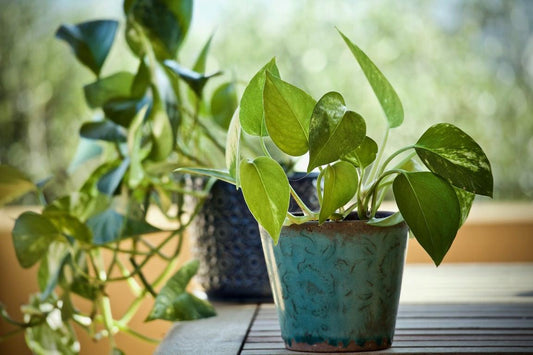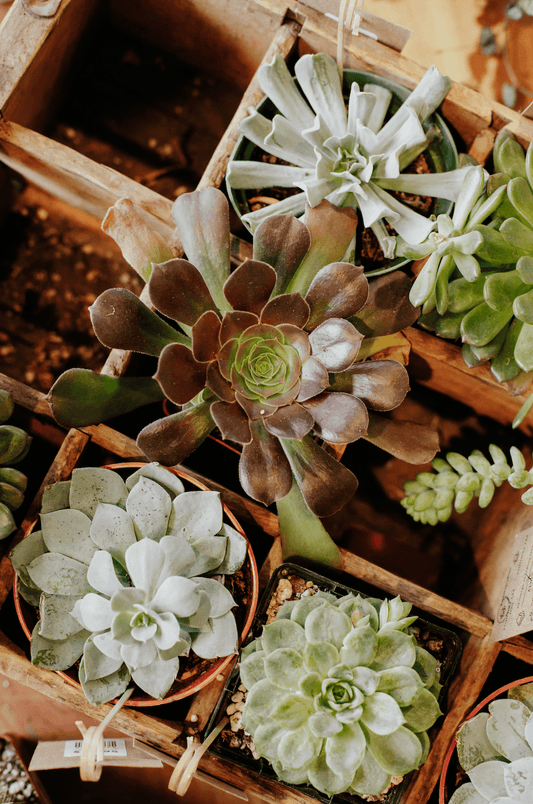ASPARAGUS FERN
How to Care for the ASPARAGUS FERN
Overview
Hardy and attractive to look at due to their lace-like, bright green foliage, these warm weather perennials are grown in both indoor and outdoor environments. Asparagus Ferns are notorious for being fast growers, especially in warm, humid climates where they spread out rather quickly, sometimes even to the point of invasiveness, which applies to States such as Florida, Texas, and Hawaii. When planted indoors, they make for good “thriller” specimens, adding plenty of character as a container plant. or when placed in a hanging basket.


Profile
The Asparagus Fern’s other common names are Asparagus Grass, and Foxtail Fern, but it is a relative of lilies and not an actual fern. Its leaflets are actually branchlets that become woody over time, and are quite sharp. When pruning, it is advisable to wear gardening gloves. Though it’s okay to leave it looking wild and shaggy—it all boils down to preference—these plants can grow up to 3 feet tall and 4 feet wide. Regular pruning will help keep them looking nice and tidy.
A happy Asparagus Fern will produce small flowers, and even berries; however, these are toxic to both humans and animals. Coming into close contact with these berries can cause dermatitis, and gastrointestinal problems if ingested. While this plant can be propagated by planting the seeds found in the berries, digging up and dividing the tuberous roots is both an easier and safer way to do so due to the toxic properties. Make sure each section has intact roots before replanting them into individual pots or soil plots.




Low light
The Asparagus Fern does best in partial shade, and can take low to bright indirect light depending on the species. Note that lower light conditions contribute to slower growth and less vibrant leaves. Direct, bright light will result in foliage burn in the form of brown, crispy foliage.

Occasional
This plant is generally tolerant of most soil conditions, doing well in moist, loose, well-drained potting soils indoors, and well-drained, slightly acidic soil outdoors. They prefer humid environments, growing well in temperatures between 70-80°F. As they depend on humidity to stay happy, keeping them hydrated is a must. Water when the top inch of the soil feels dry. Remember to discard any excess in the saucer to avoid root rot.

Easy breezy
When fleshy bulbs begin to push the plant out of its pot, it’s a sign that it needs to be repotted or divided. Repot in a container no more than 2” larger than it’s original pot. Its tuberous roots, and fast growth rate can easily break a container, so you may want to opt for something heavy duty such as a sturdy terracotta pot to avoid having to repot too often.
FREQUENTLY ASKED QUESTIONS (FAQs)
on ASPARAGUS FERNS
How do I help my Asparagus Fern do well in dry indoor conditions?
Mist daily and focus on the arching stems. A plant with droopy, brown leaves needs more water.
Why is my Asparagus Fern leggy and sparse?
Bare, leggy stems sometimes occur when the plant is not getting enough light. Trim bare branches back to the base and pinch off the tips as new stems grow. Doing so will encourage the plant to spread out rather than grow long shoots.
Why is my Asparagus Fern getting brown, crispy tips?
Just like similar plants, the leaves of Asparagus Ferns turn brown and crispy because the plant parent is underwatering. Another cause may be the plant is not getting its preferred humidity level. Consider getting a humidifier, or check the soil moistness regularly so you'd know when it's time to water your Asparagus Fern again. Make sure not to overwater though!




